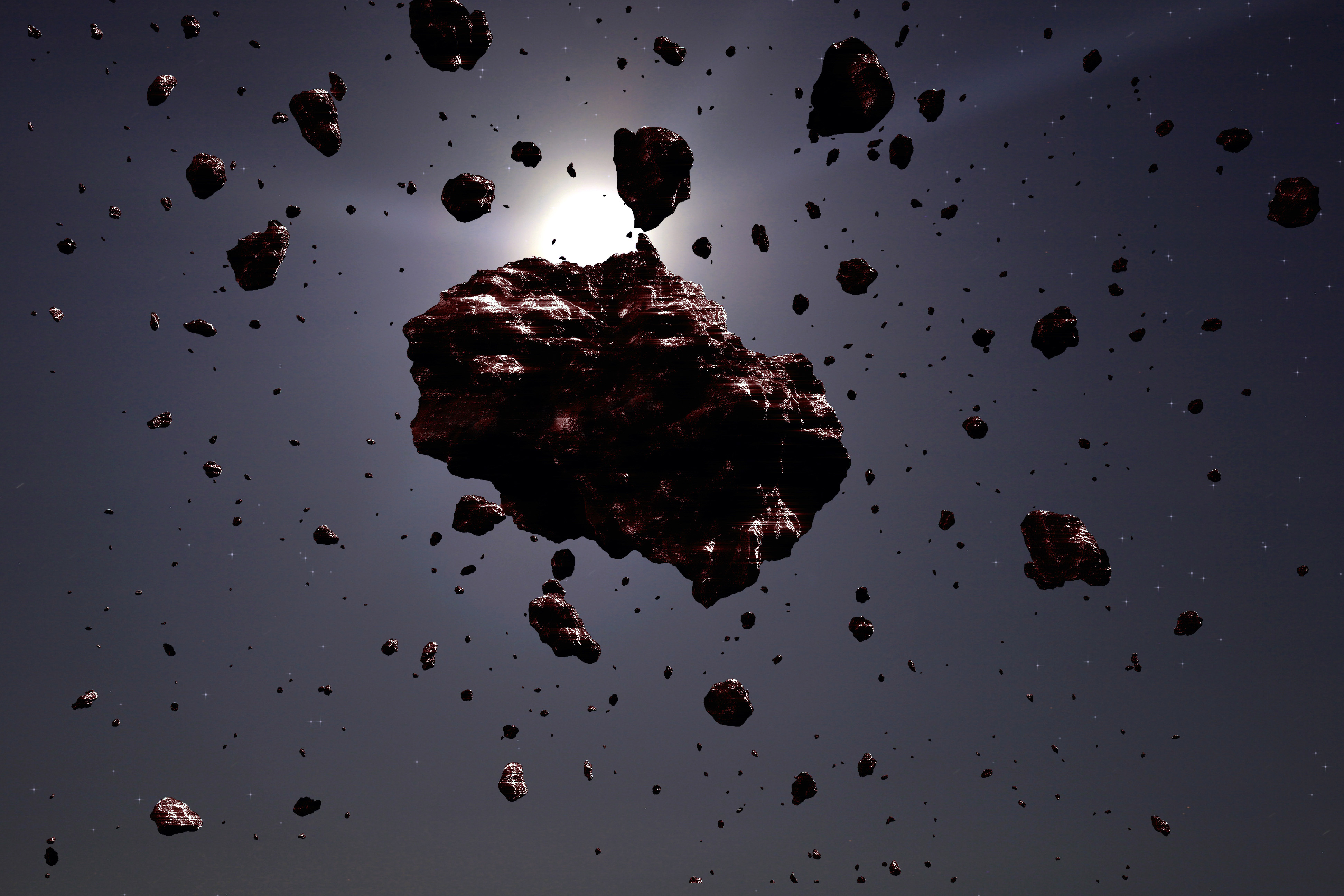
Amazing things going on in the world of private space exploration:
- One asteroid in the asteroid belt has massive amounts of ice; why that is important
- OneWeb is moving forward with plans to launch a constellation of small sats to provide access to the internet across the planet
12/16 – Tech Times – Dwarf Planet Ceres Is Full Of Water: Biggest Asteroid in Solar System Was An Ocean World – NASA’s Dawn spacecraft has taken images of dwarf planet Ceres and determined it does in fact contain massive amounts of frozen water. The polar regions of the asteroid contain layers of ice from 30 to 300 feet thick.
This is a really big deal because water is critical for space travel. Obvious use is hydration of astronauts and food preparation. Not so obviously, the H2O can be broken down into oxygen for breathing and hydrogen for propulsion.
Combine that idea with the cost of getting anything into orbit, which is somewhere north of $100,000 a pound. More on that in a moment. A gallon of water to drink could cost something in the range of a million dollars, give or take, to get into orbit.
Now imagine if on their way out of the solar system, a crewed spacecraft could make a rest stop at Ceres and load thousands and thousands of gallons of water. How much would that be worth?
Now combine this whole concept with asteroid mining.
Aha! Someone could make a fortune mining ice on Ceres and selling it to NASA or SpaceX or whoever else figures out space travel.
Consider the cost of getting things off the earth for the potential payoff. I don’t have a lot of data points, but do have two which provide a vague framework. My previous posts:
- 2nd private company gets space cargo ship operating
- SpaceX’s Dragon capsule docks with Space Station and the cost per pound for delivery
In those posts I quoted the articles which give some data for the contract SpaceX has to provide cargo runs to the International Space Station. Check out the mentioned data:
| contract cost | 1,600,000,000 | 1,900,000,000 |
| launches | 14 | 8 |
| per launch | 114,285,714 | 237,500,000 |
| payload | 1,000 | 1,600 |
| cost per pound | 114,286 | 148,438 |
I cannot reconcile those two different data points. The usable information though is the cost is somewhere between $100,000 and $150,000 per pound for materials delivered to ISS. That is massively expensive. Mining water on Ceres could be astoundingly expensive yet still produce huge profit margins.
Another private constellation of satellites
Previously mentioned OneWeb, a company that plans to put 900 small satellites into low orbit to provide coverage across the entire planet. See my post More on the open frontier of space; cool info from The Economist
The company’s fundraising from investors is going really well. Beyond the Black tells us OneWeb raises $1.2 billion in investment capital. An even billion of that is from SoftBank in Japan, which recently promised to invest $100B in the US, including $50B of their own money. That is enough funding that OneWeb can skip their third round of funding.
They have now raised $1.7B of total cost estimated at $2.5B or $3.5B.
Article says they will build a factory in Florida that can crank out 15 sats a week.
12/20 – print edition – Wall Street Journal – Japan’s SoftBank Invests $1 Billion in Satellite Startup OneWeb – A few more tidbits: Goal is to have over 600 sats in orbit by 2020. SoftBank sees this as a way to link together many of its other investments, especially in cell phones.
Goal of the manufacturing plant is to automate satellite production instead of hand-building them. Target price is $1 million each. Goal is for the new sats to be far more powerful than those in orbit today (I’m not sure how you increase a satellites capabilities by a factor of 100, but that is the comment).
Hurdles to clear are building the factory, develop & deploy ground stations, develop new antennas.
Oh, and then the company will merely have to deliver on their service to consumers at a competitive price.